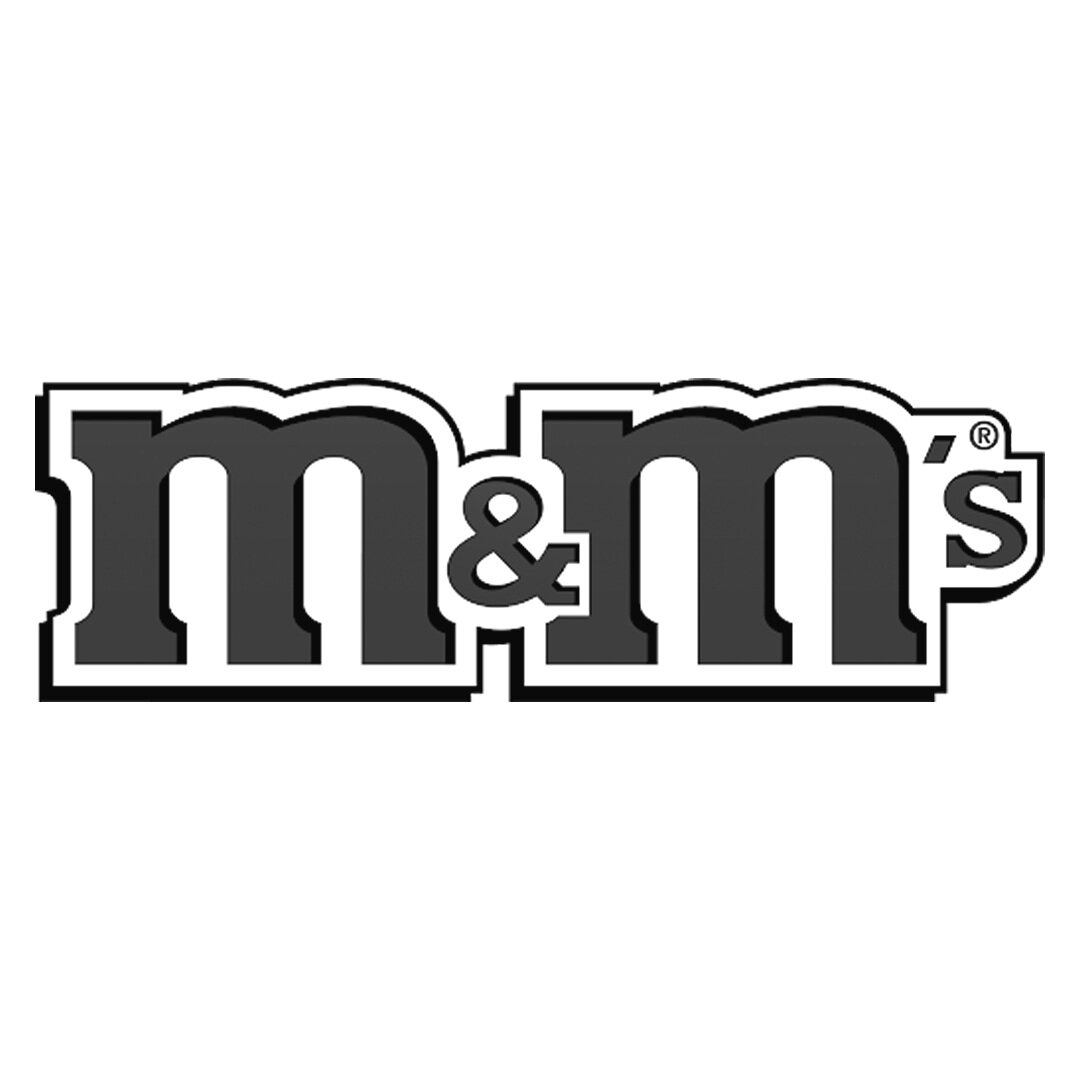BRAND ARCHETYPES
The 12 Brand Archetypes were developed by Carol Pearson and Margaret Mark as mental shortcuts designed to help creatives quickly understand the personality of an organization. This allows for more efficient and effective marketing efforts.
FIGURE 1.2 The Hero and the Outlaw: Building Extraordinary Brands Through the Power of Archetypes Hardcover (p. 15), Mark, Margaret, Pearson, Carol (2001)
Archetypes are reoccurring symbols or motifs seen throughout history and across cultures. They are also personas burned deep into the collective unconscious such that a child would know without any interference how to respond emotionally to each. For instance, a grey-haired old man is likely wise and an old crone might be a cranky witch to watch out for. The young maiden is innocent and the young knight is brave. The serpent is devious and the dragon is a malevolent danger.
At the time of publishing "The Hero and the Outlaw," Pearson had spent three decades developing strategic frameworks for business and education built around principles of psychology. Mark had spent an equal amount of time forming the strategy driving leading global brands such as General Motors, Kraft Food and AT&T. Together, these women created a framework commonly used by the world's leading brands in order to create powerful magnetic identities for their companies.
Pictured Above: authors Carol Pearson (left) and Margaret Mark (right)
JUNGIAN ARCHETYPES
In the early twentieth century, Swiss psychiatrist and psychoanalyst Carl Jung introduced the idea of the collective unconscious or the hidden shared memories of all people throughout time.
He wrote: “It is sufficient to know that there is not a single important idea or view that does not possess historical antecedents. Ultimately they are all founded on primordial archetypal forms whose concreteness dates from a time when consciousness did not think, but only perceived.”
From this collective mind, Jung posited that one’s personal conscious borrowed meaning and could easily recognize certain symbols as myths as familiar and significant. He saw archetypes as particularly significant, serving as universal touchstones buried deep in the unconscious mind. —The murky unknown reservoirs of the unconscious mind is exactly where powerful marketing operates. Hence, the importance of the 12 Brand Archetypes.
THE HERO’S JOURNEY
Jung’s heir apparent, Joseph Campbell went further into the importance of myth and storytelling, examining ancient cultures and exploring ways to use archetypes in order to understand human nature, as well as for self-discovery.
While he is known for many things, his popularization of the Monomyth or “Hero’s Journey,” might be that for which he is best known. This scheme is the framework for most of the stories across cultures and throughout history, from The Odyssey to Star Wars.
THE ‘MONOMYTH’
OR “HERO’S JOURNEY”
THE 12 BRAND ARCHETYPES
So what is a ‘Brand Strategy’?
SOURCES
Mark, Margaret, Pearson, Carol, (2001). The Hero and the Outlaw: Building Extraordinary Brands Through the Power of Archetypes Hardcover - (Amazon Affiliate Link) pages 15, 53-262
The authors developed the 12 Brand Archetypes as a tool for marketing in 1995 and explained their methodology and ideas in their seminal book. Some of the content on this page are ideas cited directly to maintain correctness and some have been paraphrased where possible.





















